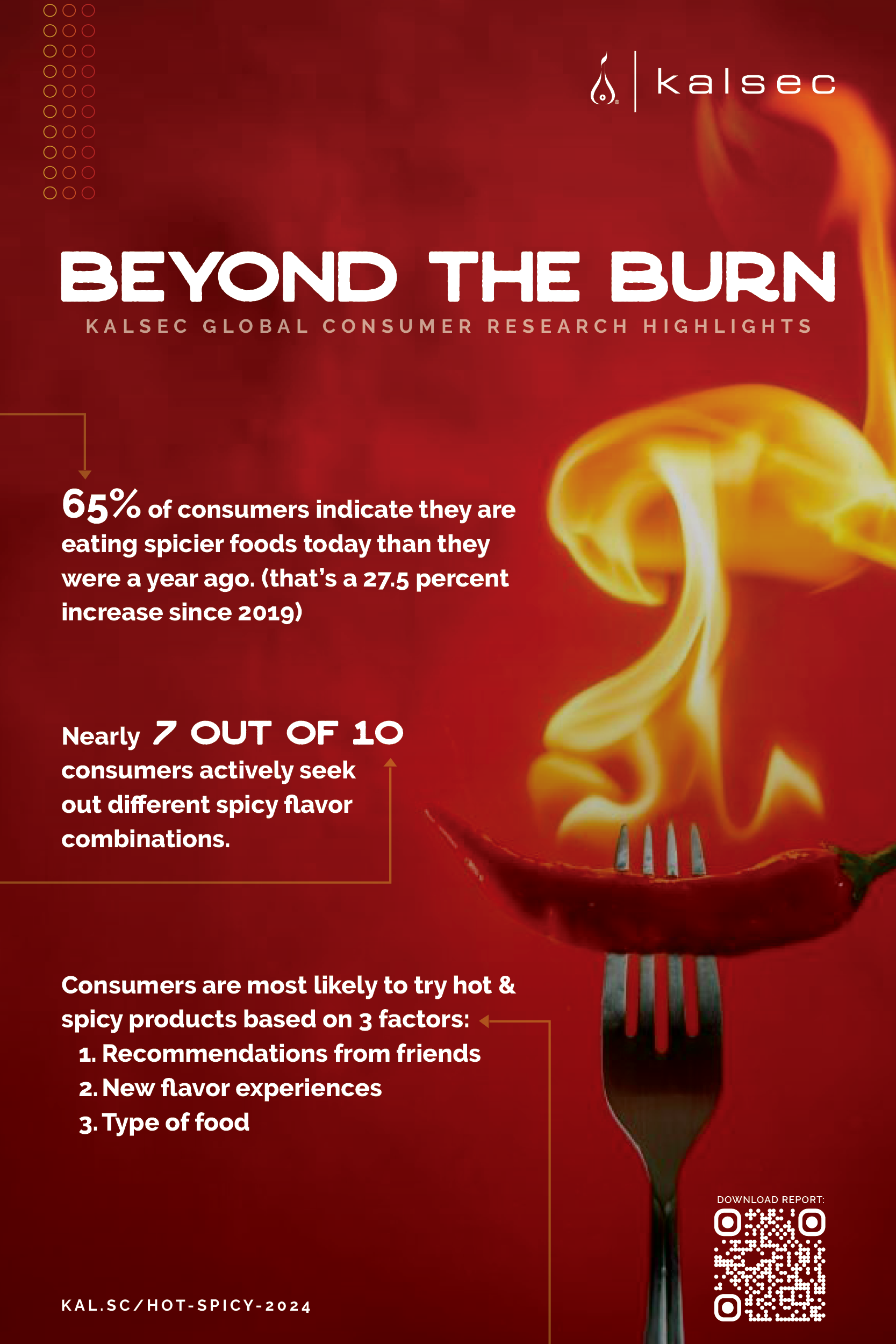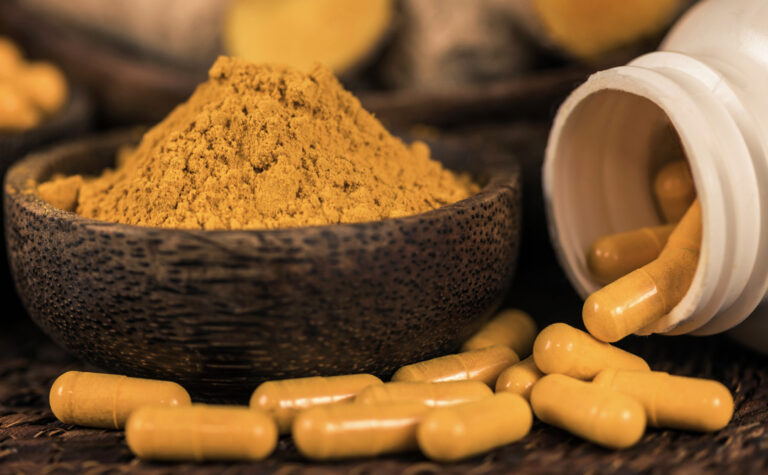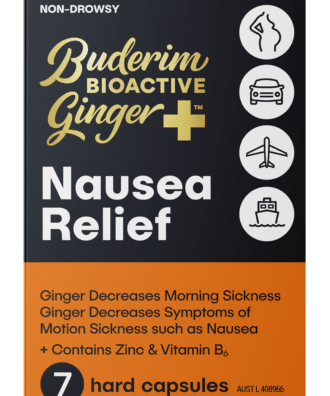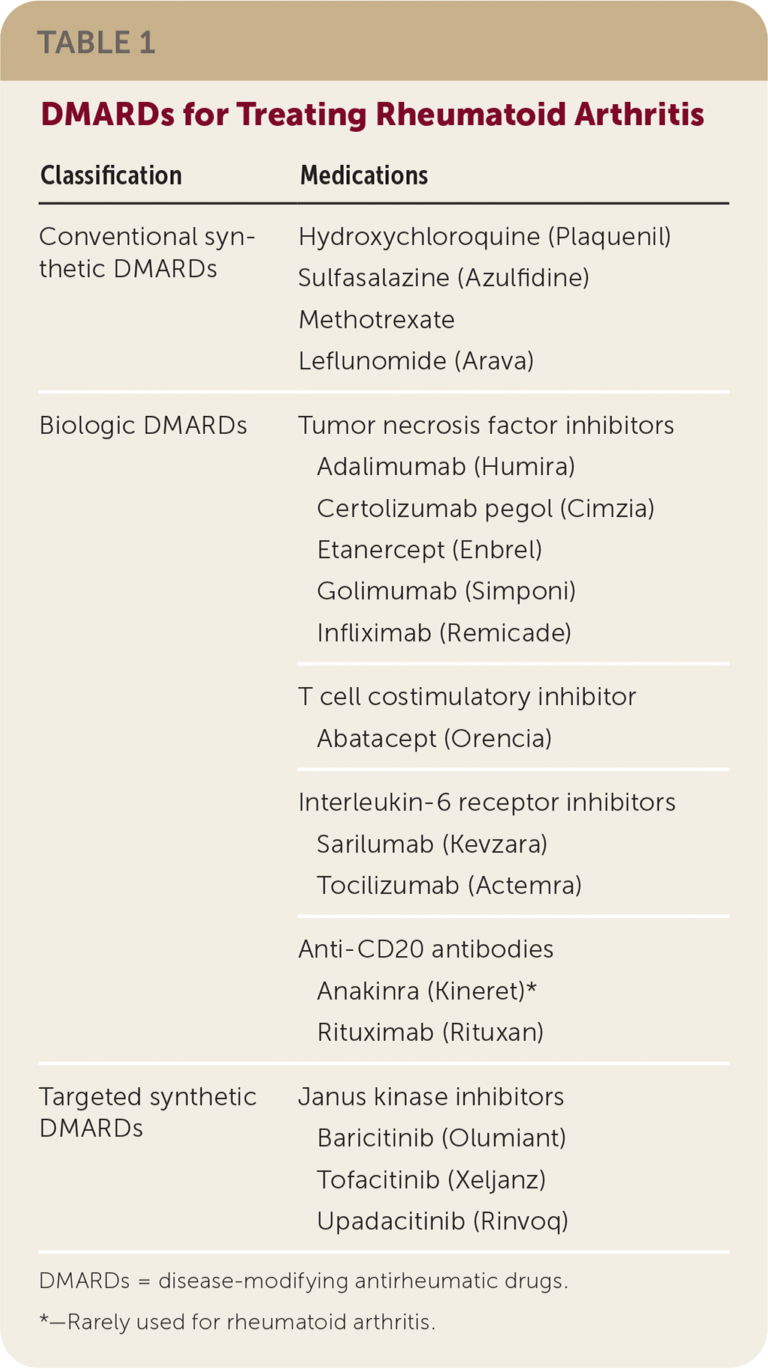Beyond the Burn: The Incredible Antioxidant Power Hiding in Your Onions
Introduction: The Unsung Hero of the Kitchen
The humble onion. It’s a culinary chameleon, the aromatic cornerstone of countless dishes across every global cuisine. From the delicate crunch of a raw slice in a salad to the caramelized sweetness that forms the base of a rich stew, its presence is ubiquitous, its flavor unmistakable. Yet, for all its gastronomic glory, the onion often evokes a more visceral, less celebrated response: tears. That sharp, pungent aroma that stings the eyes, forcing involuntary cascades of lacrimal fluid, is a direct consequence of its complex chemistry. This initial "burn," however, is merely a veil, a fleeting sensory experience that masks a profound secret. Beneath those papery layers, beyond the tear-inducing volatile compounds, lies an extraordinary biochemical arsenal: an incredible antioxidant power, meticulously crafted by nature, waiting to be unleashed.
For centuries, across diverse cultures, the onion has been more than just a foodstuff; it has been a folk remedy, a symbol of resilience, and an object of reverence. From ancient Egyptian pharaohs burying onions with their dead to medieval Europeans using them as aphrodisiacs and protective charms, humanity has instinctively recognized a deeper potency within this unassuming bulb. Modern science, armed with sophisticated analytical tools, is now meticulously peeling back these layers, moving "beyond the burn" to reveal a truth far more compelling than any ancient myth: the onion is not just a flavor enhancer, but a pharmacological powerhouse, a potent ally in our ceaseless battle against the insidious forces of oxidative stress.
This journey into the heart of the onion’s antioxidant capabilities is not merely an academic exercise; it’s a narrative of discovery, a testament to the intricate wisdom embedded within the plant kingdom. It’s a story for the knowledgeable, for those who appreciate the subtle dance of molecules, the elegant mechanisms of cellular protection, and the profound implications these natural compounds hold for human health. We will delve into the molecular protagonists, explore their intricate actions, trace their impact on our physiology, and ultimately, elevate the onion from a mere kitchen staple to a true superfood, deserving of our conscious appreciation and regular integration into our diets.
The Invisible War: Understanding Oxidative Stress and the Need for Molecular Peacekeepers
Before we fully appreciate the onion’s defensive capabilities, it’s crucial to understand the battlefield. Our bodies are marvels of biochemical engineering, constantly performing millions of reactions to sustain life. A byproduct of this intense metabolic activity, as well as exposure to environmental toxins, pollution, UV radiation, and even stress, is the generation of highly reactive molecules known as free radicals. These are atoms or groups of atoms with an unpaired electron, making them inherently unstable and desperate to achieve stability by "stealing" electrons from other molecules.
This electron-stealing spree is not benign. It initiates a destructive chain reaction, leading to what scientists call "oxidative stress." Imagine a delicate cellular machinery, perfectly calibrated and humming along smoothly. A free radical acts like a rogue spark, igniting damage in crucial cellular components: lipids (leading to membrane damage), proteins (impairing enzyme function and structural integrity), and most critically, DNA (causing mutations that can lead to disease). Over time, unchecked oxidative stress contributes significantly to the development and progression of a plethora of chronic diseases, including cardiovascular disease, neurodegenerative disorders like Alzheimer’s and Parkinson’s, various forms of cancer, inflammatory conditions, and the accelerated processes of aging itself.
Our bodies are not defenseless. We possess an endogenous antioxidant system, a sophisticated network of enzymes (like superoxide dismutase, catalase, and glutathione peroxidase) designed to neutralize free radicals. However, this internal defense can be overwhelmed by excessive free radical production. This is where dietary antioxidants step in – exogenous molecular peacekeepers that augment our body’s natural defenses, donating electrons to stabilize free radicals without becoming unstable themselves, thereby breaking the destructive chain reaction. These dietary warriors are found abundantly in fruits, vegetables, and whole grains, and among them, the onion stands as a remarkably potent, yet often underestimated, champion.
The Onion’s Chemical Arsenal: A Deep Dive into its Bioactive Compounds
The onion’s incredible antioxidant power is not attributable to a single compound but rather to a complex, synergistic blend of bioactive molecules. It’s a chemical symphony where different components play distinct roles, yet contribute to a harmonious, protective effect. Let’s dissect the primary players in this biochemical drama.
A. Quercetin: The Reigning King of Onion Antioxidants
If the onion had a crown jewel, it would undoubtedly be quercetin. This magnificent molecule is a flavonoid, a subclass of polyphenols renowned for their potent antioxidant and anti-inflammatory properties. Among the vast array of flavonoids, quercetin is particularly abundant and highly studied in onions, especially in the outer layers and the bulb itself. Yellow and red onions, in particular, are excellent sources, with red onions often containing significant amounts of its glycoside, quercetin-3,4′-diglucoside.
Quercetin’s mechanisms of action are multifaceted, making it an extraordinarily versatile protector:
- Direct Free Radical Scavenging: Quercetin possesses a unique chemical structure, particularly its arrangement of hydroxyl groups, which allows it to directly donate electrons to neutralize a wide spectrum of free radicals, including superoxide, hydroxyl radicals, and peroxyl radicals. It effectively quenches these destructive species before they can inflict cellular damage.
- Metal Chelation: Many free radical reactions are catalyzed by transition metal ions like iron and copper. Quercetin can chelate (bind to) these metal ions, rendering them inactive and preventing them from initiating oxidative damage. This is a crucial mechanism, especially in preventing lipid peroxidation.
- Enzyme Modulation: Quercetin acts as a molecular switch, influencing the activity of various enzymes involved in inflammation and oxidative stress. It can inhibit enzymes like cyclooxygenase (COX) and lipoxygenase (LOX), which are responsible for producing pro-inflammatory mediators (eicosanoids). Furthermore, it can enhance the activity of endogenous antioxidant enzymes, such as glutathione S-transferases (GSTs), which play a critical role in detoxification.
- Activation of the Nrf2 Pathway: This is a sophisticated mechanism where quercetin can activate the Nuclear Factor Erythroid 2-Related Factor 2 (Nrf2) pathway. Nrf2 is a master regulator of antioxidant and detoxification genes. When activated, it translocates to the cell nucleus and switches on genes responsible for producing a battery of protective enzymes, effectively boosting the cell’s inherent defense systems from within. This upstream activation provides long-lasting protection beyond direct radical scavenging.
- Anti-inflammatory Effects: Beyond its direct antioxidant activity, quercetin directly modulates inflammatory pathways. It can inhibit the activation of nuclear factor-kappa B (NF-κB), a central regulator of inflammation, thereby dampening the production of pro-inflammatory cytokines like TNF-α and interleukins. This dual action against both oxidative stress and inflammation makes it a powerful therapeutic agent.
Despite its impressive in vitro activity, quercetin faces a common challenge among many plant compounds: bioavailability. It is often poorly absorbed from the gut, and much of what is absorbed is rapidly metabolized. However, recent research suggests that its active metabolites, as well as the crucial role of the gut microbiome in processing quercetin and its glycosides, are key to its biological effects. The onion’s matrix, particularly the presence of other compounds, may also enhance its absorption and efficacy, highlighting the benefits of consuming whole foods over isolated supplements.
B. Anthocyanins: The Purple Powerhouses
While quercetin reigns supreme in all onion varieties, red and purple onions boast another spectacular class of antioxidants: anthocyanins. These pigments are responsible for the vibrant crimson, magenta, and purple hues that make these onions so visually appealing. Beyond their aesthetic contribution, anthocyanins are powerful antioxidants in their own right, belonging to the broader flavonoid family.
Anthocyanins share many of quercetin’s antioxidant mechanisms, including direct free radical scavenging and anti-inflammatory properties. They are particularly effective at protecting against lipid peroxidation and have been linked to improved cardiovascular health, enhanced cognitive function, and anti-cancer effects. The synergy between anthocyanins and quercetin in red onions creates a potent cocktail of protective compounds, often leading to higher overall antioxidant capacity compared to their yellow or white counterparts. This is why, when given a choice, opting for red onions can provide an extra boost of beneficial compounds.
C. Organosulfur Compounds: The Pungent Protectors
The very compounds responsible for the onion’s characteristic pungency and its tear-jerking effect are also powerful contributors to its health benefits. These are the organosulfur compounds, a diverse group of molecules that are largely odorless and inactive within the intact onion cell. However, when an onion is chopped, crushed, or damaged, a fascinating enzymatic reaction occurs. An enzyme called alliinase (the same enzyme found in garlic, though the specific substrates differ) is released from separate cellular compartments and acts on sulfur-containing amino acid precursors. This reaction rapidly produces unstable sulfenic acids, which then spontaneously rearrange to form a variety of volatile organosulfur compounds, including thiosulfinates (like propyl thiosulfinate), cepaenes, and vinyldithiins. The most famous of these is syn-propanethial-S-oxide, the lachrymatory factor responsible for the tears.
Beyond the immediate sensory experience, these organosulfur compounds are far from mere irritants:
- Detoxification Enzyme Enhancement: Many organosulfur compounds, particularly the thiosulfinates, have been shown to upregulate Phase II detoxification enzymes, such as glutathione S-transferases (GSTs). These enzymes play a crucial role in conjugating toxins and carcinogens, making them more water-soluble and easier for the body to excrete. This "detoxifying" action is a significant mechanism behind the onion’s potential anti-cancer effects.
- Anti-Platelet Activity: Some organosulfur compounds exhibit anti-platelet aggregation properties, similar to those found in garlic. This means they can help prevent blood clots, contributing to cardiovascular health by reducing the risk of thrombosis, heart attacks, and strokes.
- Antimicrobial Properties: Historically, onions have been used as a natural antiseptic. Modern research confirms that some organosulfur compounds possess antimicrobial activity against various bacteria and fungi, further contributing to their traditional medicinal uses.
The interplay between these volatile sulfur compounds and the non-volatile flavonoids like quercetin is a testament to the onion’s holistic protective power. The "burn" is not just a nuisance; it’s a signal of potent chemistry at work, a herald of deeper benefits.
D. Other Notable Nutrients
While quercetin, anthocyanins, and organosulfur compounds are the stars, the onion also contributes a supporting cast of other essential nutrients:
- Vitamin C: A well-known water-soluble antioxidant that works synergistically with flavonoids.
- B Vitamins: Including B6 (pyridoxine) and folate, important for metabolism and nerve function.
- Manganese: An essential trace mineral that acts as a cofactor for several antioxidant enzymes.
- Dietary Fiber: Particularly rich in fructans, including fructooligosaccharides (FOS) and inulin. These are prebiotic fibers, meaning they selectively feed beneficial bacteria in the gut microbiome, promoting gut health, enhancing nutrient absorption, and indirectly influencing immunity and overall well-being. This prebiotic effect is a significant, often overlooked, aspect of onion’s health benefits, especially relevant for a knowledgeable audience aware of the gut-brain axis and the microbiome’s critical role.
A Tapestry of Benefits: Onion’s Impact on Human Health
The intricate blend of antioxidants and bioactive compounds in onions translates into a remarkable array of potential health benefits, supported by both epidemiological studies and mechanistic research.
A. Cardiovascular Guardian: Protecting the Heart and Vessels
The onion’s contribution to cardiovascular health is substantial and multifaceted:
- Blood Pressure Regulation: Quercetin and organosulfur compounds can influence blood pressure. Quercetin has been shown to improve endothelial function (the inner lining of blood vessels), enhance nitric oxide production (a vasodilator), and potentially inhibit angiotensin-converting enzyme (ACE), similar to ACE inhibitor medications. Organosulfur compounds also contribute to vasodilation.
- Cholesterol Modulation: Onions can help manage cholesterol levels by preventing the oxidation of low-density lipoprotein (LDL) cholesterol, a key step in the development of atherosclerosis (hardening of the arteries). The antioxidant activity protects LDL from free radical damage, thereby reducing its atherogenic potential.
- Anti-Platelet Aggregation: As mentioned, organosulfur compounds can reduce platelet stickiness, decreasing the risk of blood clot formation that can lead to heart attacks and strokes. This natural "blood-thinning" effect contributes to smoother blood flow and reduced cardiovascular risk.
B. The Anti-Cancer Crusade: A Shield Against Malignancy
Perhaps one of the most compelling areas of research on onions is their potential role in cancer prevention and treatment. Numerous studies, particularly epidemiological ones, have linked higher onion consumption to a reduced risk of several cancer types:
- Apoptosis Induction and Cell Cycle Arrest: Quercetin and organosulfur compounds have been shown in vitro and in animal models to induce apoptosis (programmed cell death) in various cancer cells, while leaving healthy cells unharmed. They can also arrest the cell cycle, preventing uncontrolled proliferation of cancerous cells.
- DNA Protection: The potent antioxidant capacity directly protects cellular DNA from oxidative damage, which is a primary driver of mutagenesis and cancer initiation.
- Detoxification Enzyme Enhancement: The upregulation of Phase II detoxification enzymes (like GSTs) by organosulfur compounds helps the body neutralize and excrete carcinogens, reducing their opportunity to damage DNA and initiate tumor growth.
- Anti-Angiogenesis: Some compounds in onions may inhibit angiogenesis, the formation of new blood vessels that tumors require to grow and metastasize.
- Epidemiological Evidence: Large population studies have consistently shown an inverse relationship between onion consumption and the risk of common cancers, particularly colorectal, stomach, esophageal, and prostate cancers. The evidence is strong enough that organizations like the American Institute for Cancer Research frequently highlight onions as a cancer-fighting food.
C. Inflammation’s Foe: Calming the Body’s Fire
Chronic low-grade inflammation is now recognized as a root cause of many chronic diseases. The onion, through its rich flavonoid content, particularly quercetin, is a potent anti-inflammatory agent:
- Modulating Inflammatory Pathways: Quercetin directly interferes with key inflammatory pathways, such as the NF-κB pathway, which controls the expression of numerous pro-inflammatory genes. By dampening NF-κB activation, quercetin reduces the production of inflammatory cytokines and enzymes.
- Relief for Allergic Reactions: Quercetin acts as a natural antihistamine, stabilizing mast cells and basophils, which are responsible for releasing histamine in allergic reactions. This makes onions, and quercetin-rich foods in general, beneficial for managing symptoms of seasonal allergies and other inflammatory conditions.
- Arthritis and Joint Health: By reducing systemic inflammation, regular onion consumption may offer protective benefits against inflammatory conditions like arthritis, alleviating pain and improving joint function.
D. Blood Sugar Balancer: Aiding Metabolic Health
Emerging research suggests that onions may play a beneficial role in managing blood sugar levels, offering hope for individuals with type 2 diabetes or those at risk:
- Improved Insulin Sensitivity: Compounds in onions may help improve insulin sensitivity, allowing cells to better absorb glucose from the bloodstream.
- Reduced Glucose Absorption: Some studies indicate that onion extracts can slow down the digestion and absorption of carbohydrates, leading to a more gradual rise in blood glucose after meals.
- Antioxidant Protection for Pancreatic Cells: The antioxidant shield provided by onions can protect pancreatic beta cells, which are responsible for insulin production, from oxidative damage, thereby preserving their function.
E. Gut Microbiome Nurturer: The Foundation of Health
The onion’s high content of fructans (FOS and inulin) positions it as an excellent prebiotic food. These non-digestible fibers pass through the upper digestive tract intact and reach the large intestine, where they serve as a fermentable substrate for beneficial gut bacteria, particularly Bifidobacteria and Lactobacilli.
- Feeding Beneficial Bacteria: By promoting the growth of these friendly microbes, onions help maintain a healthy and diverse gut microbiome.
- Short-Chain Fatty Acid Production: The fermentation of prebiotics by gut bacteria produces short-chain fatty acids (SCFAs) like butyrate, acetate, and propionate. Butyrate, in particular, is a primary energy source for colonocytes (cells lining the colon) and has potent anti-inflammatory and anti-cancer properties within the gut.
- Enhanced Nutrient Absorption and Immunity: A healthy gut microbiome is crucial for optimal nutrient absorption, detoxification, and a robust immune system. The onion’s prebiotic fibers thus contribute indirectly but significantly to overall health and disease prevention.
F. Bone Health: A Lesser-Known Benefit
While less widely recognized than its other benefits, some studies suggest that regular onion consumption may have a positive impact on bone density, particularly in postmenopausal women. The mechanisms are still being elucidated, but it’s thought to involve the anti-inflammatory and antioxidant properties protecting bone cells, and potentially specific compounds influencing bone metabolism.
From Field to Fork: Maximizing Onion’s Potential
To truly harness the incredible antioxidant power hiding in your onions, it’s important to consider how varieties, preparation, and consumption methods can influence their bioavailability and efficacy.
A. Varieties Matter: Choosing Your Onion
Not all onions are created equal when it comes to their bioactive compound profiles:
- Red/Purple Onions: Generally contain the highest levels of anthocyanins, in addition to significant quercetin. They are excellent for fresh consumption (salads, salsas) where their vibrant color and mild pungency can be appreciated.
- Yellow/Brown Onions: These are the workhorses of the kitchen and often contain the highest concentrations of quercetin among all varieties. Their robust flavor holds up well to cooking.
- White Onions: Typically milder in flavor and lower in total phenolic content compared to yellow or red varieties, though still beneficial.
- Sweet Onions (e.g., Vidalia, Walla Walla): Known for their low pungency and high water content, they generally have lower levels of organosulfur compounds and overall phenolic content. Great for raw applications where a milder flavor is desired.
- Shallots: Small, elongated, and milder than regular onions, shallots are packed with a good concentration of polyphenols and organosulfur compounds, making them a potent addition to dishes.
For maximum antioxidant benefit, a diverse approach incorporating various types of onions into your diet is ideal. However, if targeting quercetin specifically, yellow and red onions are your best bet.
B. Preparation & Preservation: Unlocking and Retaining the Goodness
How you handle and prepare your onions can significantly impact the retention and bioavailability of their beneficial compounds:
- Chopping and Pungency: The act of chopping an onion activates the alliinase enzyme, initiating the cascade that produces the volatile organosulfur compounds. Allowing chopped onions to sit for 5-10 minutes before cooking can maximize the formation of these compounds, though their stability can vary.
- Cooking Methods:
- Quercetin Stability: Quercetin is relatively heat-stable, meaning it doesn’t degrade significantly with typical cooking temperatures. However, it can leach into cooking water. Therefore, methods like sautéing, roasting, or stir-frying where the onion is consumed with its cooking liquid (or minimal liquid is used) are generally better for retaining quercetin than boiling or deep-frying.
- Organosulfur Compounds: These are more volatile and heat-sensitive. Prolonged high-heat cooking can reduce their concentration. However, even cooked onions retain significant health benefits due to the heat-stable quercetin and other compounds. Light sautéing or quick cooking is generally preferred to maximize the range of benefits.
- Raw Consumption: Eating raw onions (e.g., in salads, sandwiches, salsas) maximizes the intake of heat-sensitive compounds and some of the more volatile organosulfur compounds, in addition to quercetin.
- Storage: Store onions in a cool, dark, and well-ventilated place (not the refrigerator, as it can soften them and reduce their shelf life). Proper storage helps preserve their nutrient content.
- Peeling: Remember that the outermost layers and the skin are often the richest in quercetin and other flavonoids. While you wouldn’t eat the papery skin, try to minimize the amount of edible flesh removed during peeling to maximize your intake.
C. The Synergy Effect: The Whole is Greater Than the Sum of its Parts
It’s crucial to reiterate that the onion’s power lies in its synergistic matrix. The combined action of quercetin, anthocyanins, organosulfur compounds, prebiotics, and other vitamins and minerals creates an effect that is greater than any single isolated compound. This is a fundamental principle of nutritional science: whole foods offer a complex interplay of compounds that work together in ways that supplements often cannot replicate. This is why advocating for regular consumption of whole onions, rather than relying solely on quercetin supplements, is generally the preferred approach for maximizing health benefits.
The Unfolding Narrative: Research, Challenges, and Future Directions
Our understanding of the onion’s incredible power is still an unfolding narrative. While significant progress has been made, particularly in identifying specific compounds and their in vitro mechanisms, challenges remain. The complexity of human diet, lifestyle, genetic variability, and the intricate bioavailability of plant compounds mean that translating promising lab results into definitive human health recommendations requires meticulous, long-term human intervention trials.
Future research will undoubtedly delve deeper into:
- Personalized Nutrition: How an individual’s gut microbiome composition influences the metabolism and efficacy of onion compounds.
- Novel Cultivars: Breeding onion varieties with even higher concentrations of specific beneficial compounds.
- Functional Foods: Developing innovative ways to incorporate onion extracts or processed onions into other food products to enhance their nutritional profile.
- Understanding Dosage: Determining optimal daily intake levels for specific health outcomes.
The story of the onion is far from over. Each new study, each new analytical technique, peels back another layer, revealing more about this ancient food’s modern relevance.
Conclusion: Embracing the Humble Powerhouse
From the tear-jerking bite of a raw slice to the mellow sweetness of a caramelized ring, the onion has always been a staple, a workhorse of the kitchen. But as we move "beyond the burn," we uncover a deeper truth: this humble bulb is a formidable ally in the pursuit of health and longevity. It is a testament to nature’s profound ability to package potent medicine within everyday foods.
The incredible antioxidant power hiding in your onions – driven by the masterful quercetin, the vibrant anthocyanins, the pungent organosulfur compounds, and its nourishing prebiotics – provides a comprehensive defense against oxidative stress, inflammation, and chronic disease. It is a guardian for your heart, a shield against cancer, a modulator of blood sugar, and a nurturing force for your gut.
So, the next time you reach for an onion, remember its profound story. Embrace the tears as a fleeting reminder of the potent chemistry at play. Savor its diverse flavors, knowing that with every layer, every chop, and every bite, you are inviting a symphony of molecular peacekeepers into your body, strengthening your defenses, and nourishing your well-being. The onion is not just an ingredient; it is a gift, a daily dose of ancient wisdom and modern science, waiting patiently to reveal its incredible power. Make it a central character in your culinary and wellness narrative, and let its silent strength become a vibrant part of your health journey.






